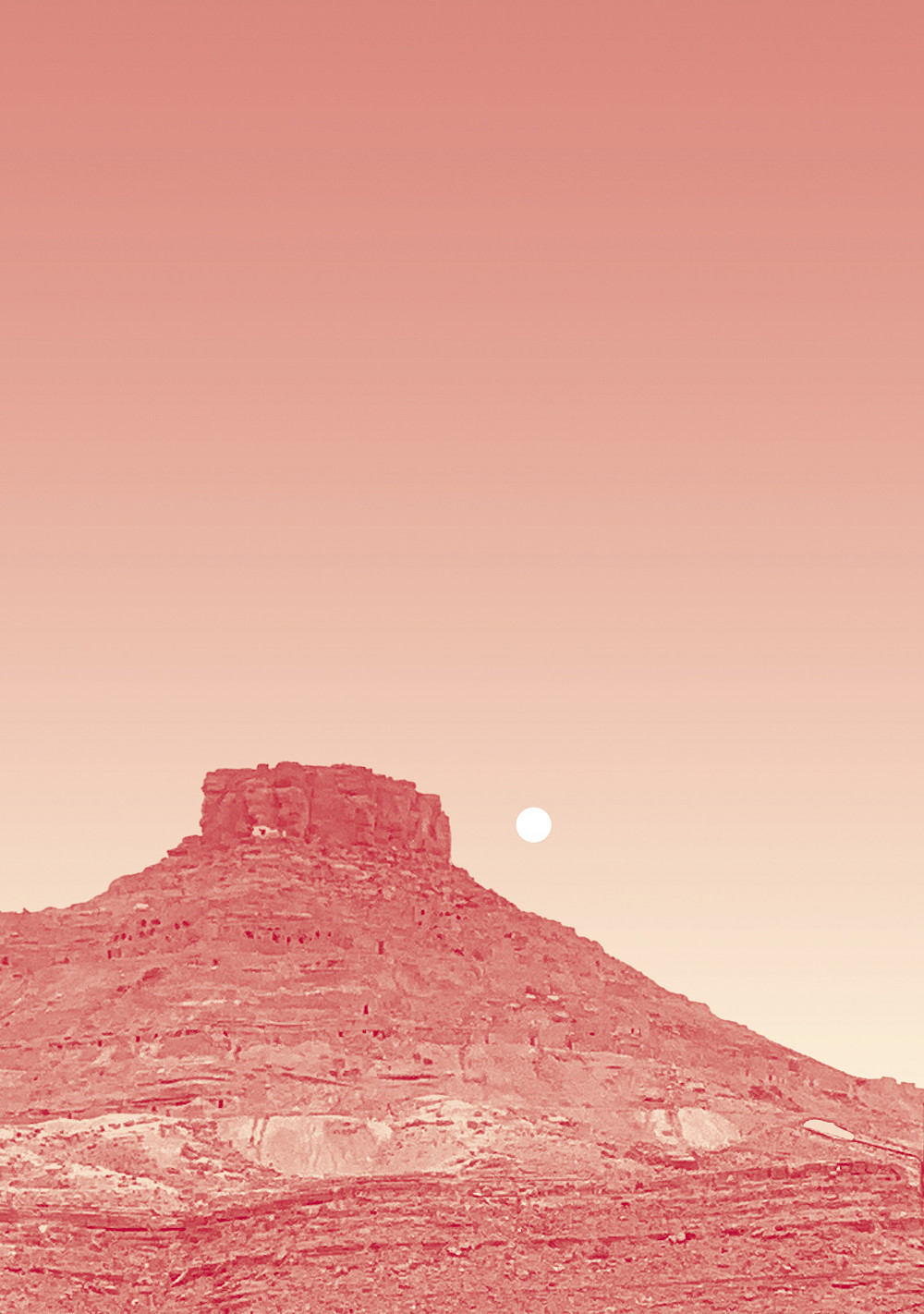15 — 17.05, 20.05.2021
Tafukt is a dance solo created by Radouan Mriziga, a dancer and choreographer born in Marrakesh and based in Brussels, and the first part in a trilogy focusing on the semantics and mythologies of the Imazighen, the indigenous people of North Africa. Each part is devised for one dancer and centres on female figures who are guardians of the transmission of Amazigh knowledge. The goddess Athena, linking the cultures and histories on either side of the Mediterranean basin, lies at the heart of Tafukt. Lake Tritonis, located in what is now Libya, was Athena’s birthplace before she was adopted by the Greeks on the other side of the Mediterranean. While history books essentially focus on the Greeks, Egyptians and Arabs, the Imazighen are largely ignored and marginalised, despite the fundamental role they played in the region. Can the performance now become a tool of resistance to rethink the current model and imagine a more inclusive future?
Interview with Radouan Mriziga
Following 55, 3600 and 7, Radouan Mriziga is creating a new trilogy based on the knowledge and mythologies of the Amazigh peoples – the first inhabitants of North Africa.
Why have you chosen the trilogy format again? Did you also draw on the knowledge of the Amazigh in your previous trilogy?
A trilogy allows me to work on an issue for a longer period of time. I don’t like jumping from one theme and one creation to another. In general, I like to work in series, depending on the issue. I chose a trilogy because I wanted to base the work on the three goddesses and on the plane-tary system: sun, earth and moon. It is remarkable how connected and vital these are.
The emphasis was not explicitly on the knowledge of the Amazigh, but that was among the various sources I used. Like geometry and rhythm, for example, which are important art forms in Marrakech, North Africa and Andalusia.
What prompted you to create this work?
Through my other creations and research, I’ve retained a curiosity and an interest in the many unnamed and erased parts of general history that subsequently developed power differences in our system of production and reproduction of current knowledge. My practice revolves around three main axes: the creation of imaginary and concrete spaces, music and rhythm, and studies of the Amazigh. Each of these is related to questions of application, meaning, hierarchy,
relevance and classification of knowledge.
I am interested in the dynamics of the Mediterranean basin. Its interesting geographical position has given rise to numerous exchanges between North Africa, Southern Europe and Western Asia. Our history books focus mainly on the Greeks, Egyptians and Arabs, while the Amazighs, who nevertheless played a fundamental role in this region, are completely ignored and marginalised.
Tafukt is the first of the series. What is your starting point?
It’s an organic process. I start from Amazigh history and society, a matriarchal culture. While researching for 7, about the Seven Ancient Wonders of the World, I became interested in the goddesses Nithe, Tanit and Athena. Lake Triton in Libya is believed to be the birthplace of Nithe, a goddess who later became Tanit, then took the form of Athena. It’s interesting to analyse how their historical connections and knowledge traversed Amazigh territory, Egypt and Greece through myths, thus contributing to the constructs and developments of humankind.
During the 19th century, many stories were rewritten and destroyed. Knowing that racism, colonialism and nationalism have had an immense impact on the construction of contemporary Western perspectives, I am critical of that particular historical canon.
There are very few written sources on Amazigh epistemology, but there’s a significant body of knowledge in the oral culture, craftsmanship, art and imagination. I try to look for connections in the details and in everyday matters that can build a futuristic collective history in the performance. It is therefore not just a question of taking the knowledge and putting it on the stage. I use the lack of documentation and the marginalisation as inspiration to portray an alternative story.
Presentation: Kunstenfestivaldesarts-Kaaitheater
Concept, choreography: Radouan Mriziga | Scenography: Radouan Mriziga, Estelle Gautier | Dance, performance: Maïté Jeannolin | Artistic assistant: Sondos Belhassen | Costume design: Lila John | Poems, songs: Nisrine Mbarki, Dorothée Munyaneza, Hindi Zahra, Popytirz | Music: El Hit by Dj VAN, Pain by Krtas Nssa & Awache N-haha | Light design: Estelle Gautier | Dramaturgical support, text editing: Esther Severi | Research support: Hajar Ibnouthen, Esther Severi | Text references: Manifesto for Good Living/Buen Viver by Boaventura de Sousa Santos | Production: A7LA5 | Management, distribution: Something Great | Co-production: Kaaitheater, Kunstenfestivaldesarts, Moussem Nomadisch Kunstencentrum, PACT Zollverein, Alkantara, deSingel, Parallèle / L’Officina and Kanuti Gildi SAAL/SAAL Biennaal festival within the frame of MORE THAN THIS – Creative Europe | With the support of De Vlaamse Overheid | Thanks to Kunstencentrum BUDA


